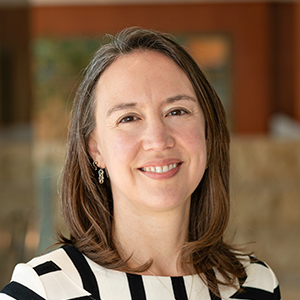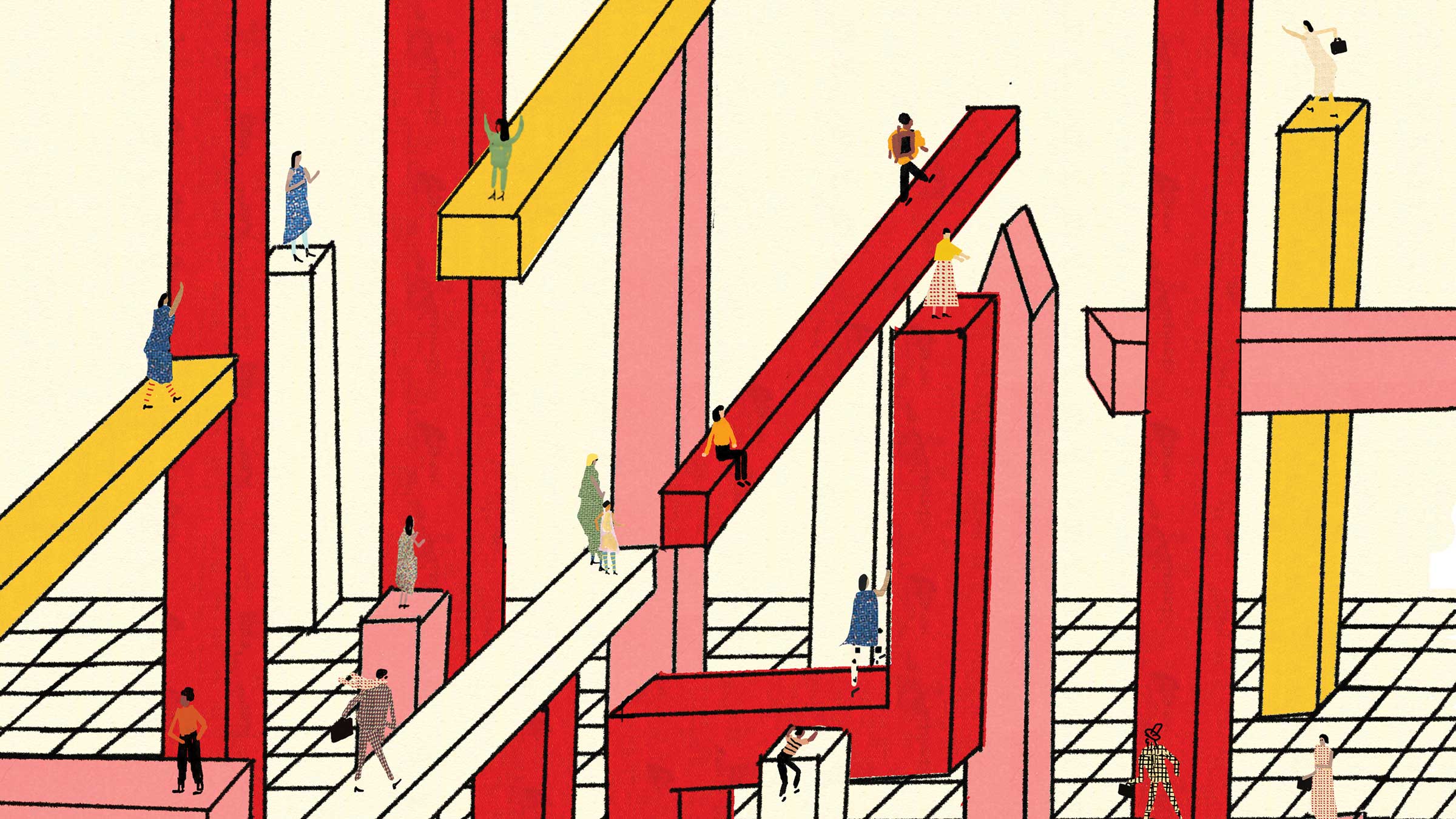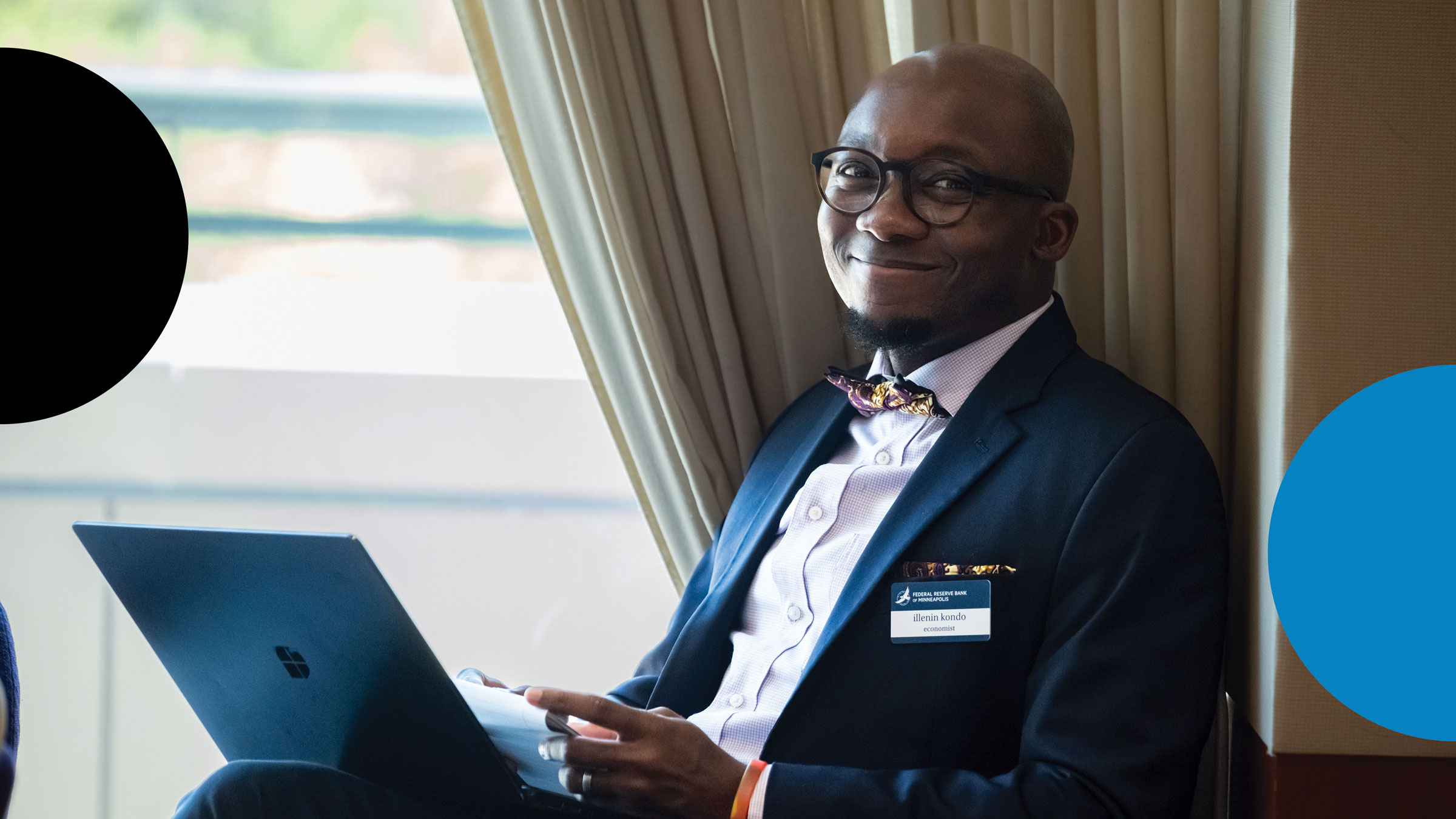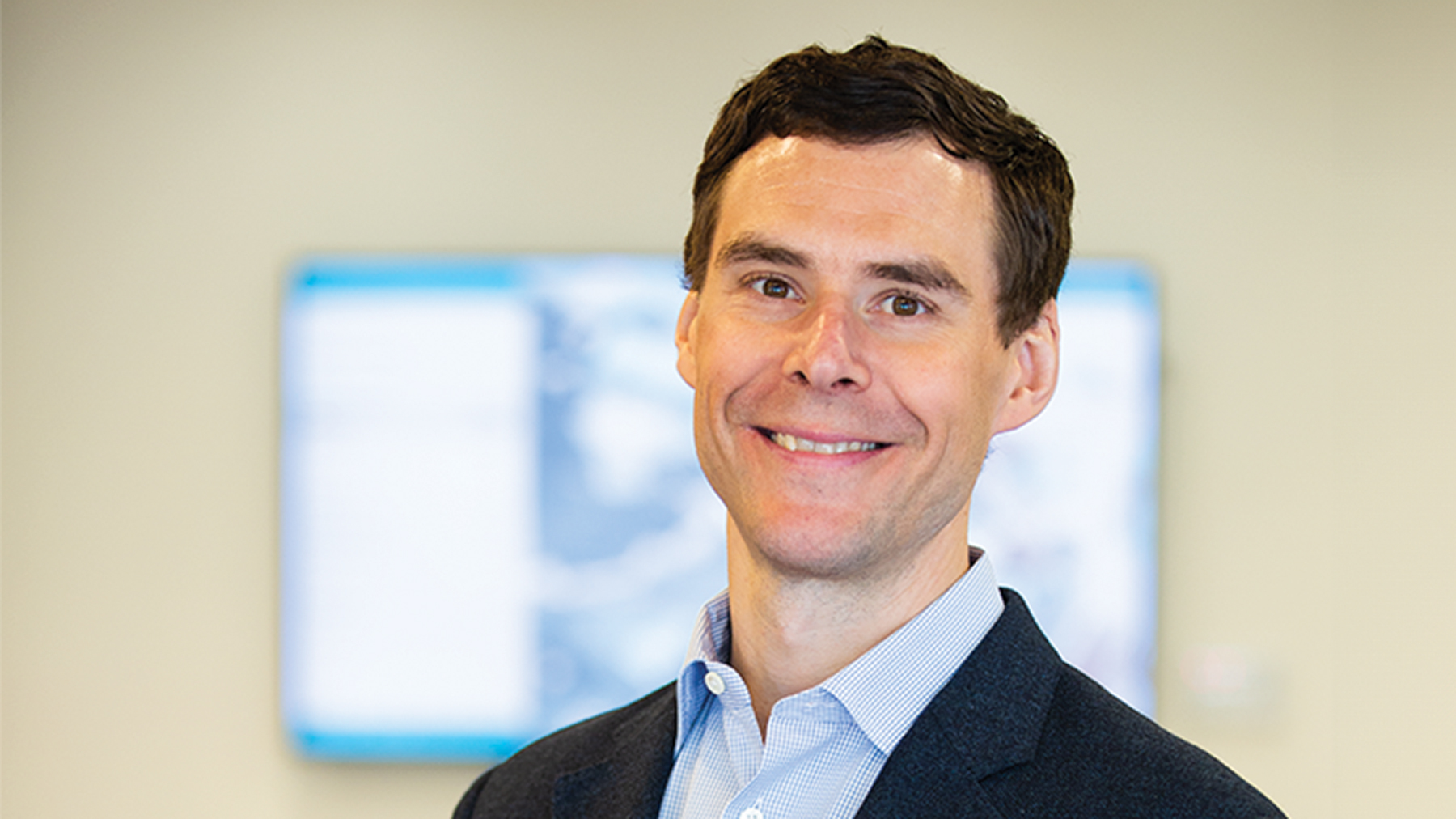When the Opportunity & Inclusive Growth Institute launched the Income Distributions and Dynamics in America (IDDA) resource in October 2023, it was a culmination of years of research on the part of economists at the U.S. Census Bureau and the Minneapolis Fed—and the research assistants who support them.
In economics, research assistantships are an increasingly common stepping-stone between undergraduate and graduate studies. Often, research assistants (RAs) provide day-to-day research support for economists, which helps RAs build specific skills that graduate programs look for.
For instance, as one of the RAs who helped to generate the 6 million statistics released with IDDA, Brandon Hawkins learned how to code efficiently for large datasets with billions of observations. “I also learned which program was best suited to different situations, such as data sampling and data visualization,” Hawkins said.
But day-to-day research support “is only one piece of the bigger picture,” said Institute Director Abigail Wozniak. “In particular, it misses how research is used and communicated.” The Institute RA program purposely includes RAs in all aspects of what the Institute does. RAs support long-term research projects, assist with real-time analysis, participate in events, interact with visitors, and contribute to and fact-check this magazine.
This big picture made an impression on Ken Cowles in his first months as an RA. “I’m learning about the research process from the ground up—where to pull information from, what rabbit holes are worth going down and which should be avoided. And then, how to take what I’m finding and present it in a clear way,” Cowles said.
Attending near-daily seminars is another way to engage with a diversity of research topics and methods. For Hawkins, hearing about a specific methodology at seminar prompted her to look into it more. It was, she realized, a useful method for studying changes to the recertification process for recipients of government food assistance, a project proposal that won her a National Science Foundation Graduate Research Fellowship Program grant.
And sometimes, it’s about the friends you make along the way. After two years as an Institute research assistant, Zach Swaziek chose to attend graduate school at the University of Minnesota in part because of the opportunity to return to the Minneapolis Fed with the research analyst program, in which doctoral students at the university can work with Minneapolis Fed economists. Now in his third year of graduate school, Swaziek is excited to be working with Senior Institute Economist Illenin Kondo—as it happens, analyzing the statistics from IDDA that three years ago Swaziek helped put together.
“Our interests and skills are nurtured here,” Cowles said. It’s the type of environment that Wozniak herself experienced as an RA at the Chicago Fed, one she has emulated at the Institute. For economists, often the best way to measure people’s preferences is to observe their behavior: Wozniak is one of five Institute economists who worked as an RA in the Federal Reserve System before or during graduate school who later returned to the Fed in their career.
This article is featured in the spring 2024 issue of For All, the magazine of the Opportunity & Inclusive Growth Institute
Lisa Camner McKay is a senior writer with the Opportunity & Inclusive Growth Institute at the Minneapolis Fed. In this role, she creates content for diverse audiences in support of the Institute’s policy and research work.







